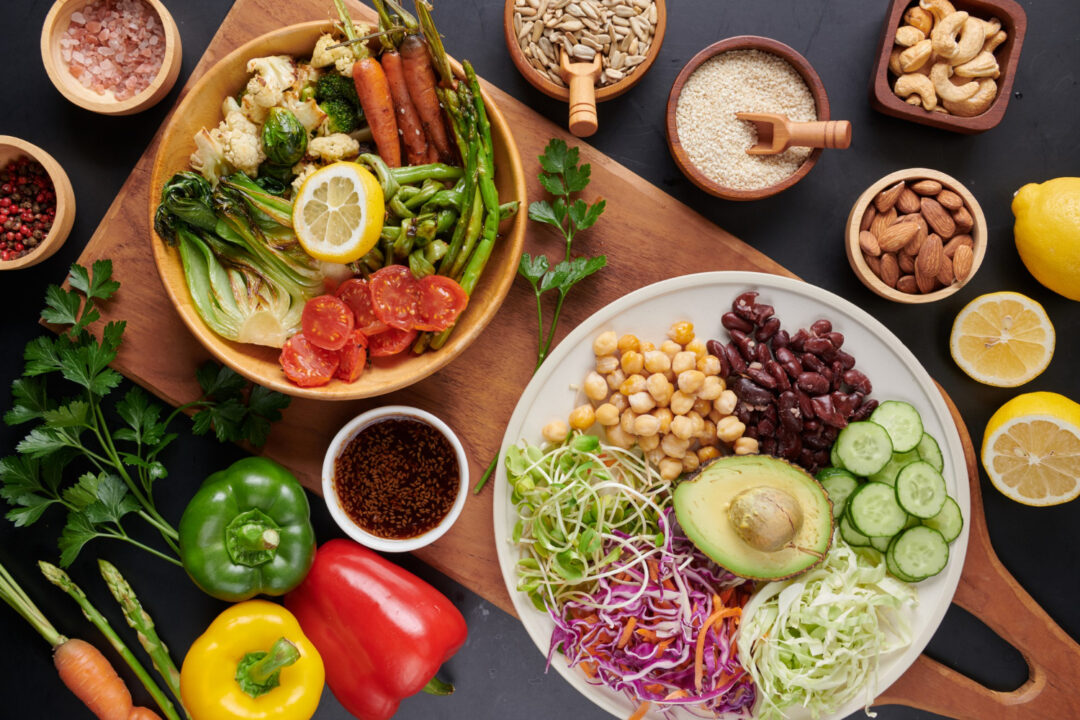When you have a wound, whether it’s a small cut or a more significant injury, your body goes through a remarkable process to heal itself. One essential factor that can significantly influence how quickly and effectively your body heals is your diet. In this article, we’ll explore the role of nutrition in wound healing, and we’ll provide practical tips on what to eat for faster wound recovery. Keep reading to discover the power of proper nutrition.
The Healing Process
Before we dive into the foods that can promote wound healing, let’s understand the stages your body goes through when repairing itself.
- Hemostasis: This is the initial stage where your body stops bleeding by forming blood clots.
- Inflammation: Inflammation is your body’s defense mechanism to fight off harmful invaders and clean the wound.
- Proliferation: During this phase, new tissues and blood vessels are formed to replace the damaged ones.
- Remodeling: The final stage involves strengthening and reorganizing the newly formed tissues.
Now, let’s explore how nutrition plays a role in each of these stages.

Essential Nutrients for Wound Healing
- Protein: Protein is a building block of tissues and plays a crucial role in tissue repair. Good sources of protein include lean meats like chicken and fish, as well as tofu and legumes like beans and lentils.
- Vitamins:
- Vitamin C: This vitamin is essential for collagen synthesis, which is crucial for wound healing. You can find it in citrus fruits like oranges and lemons, as well as in berries and vegetables like broccoli and bell peppers.
- Vitamin A: Vitamin A supports the formation of epithelial tissue, which is vital for wound closure. You can get your dose from foods like carrots, sweet potatoes, and leafy greens.
- Minerals:
- Zinc: Zinc helps with cell growth and immune function, both of which are critical for wound healing. Foods rich in zinc include meat, dairy products, and legumes.
- Iron: Iron is necessary for oxygen transport to the wound site. You can find it in red meat, beans, spinach, and fortified cereals.
- Omega-3 Fatty Acids: Omega-3 fatty acids have anti-inflammatory properties, which can help reduce inflammation at the wound site. Fatty fish like salmon and mackerel, flaxseeds, and walnuts are excellent sources.
- Water and Hydration: Proper hydration is essential to maintain the right moisture levels for wound healing. Make sure to drink enough water throughout the day.
Foods to Promote Wound Healing
Now that we know the essential nutrients for wound healing let’s discuss specific foods that can aid in the recovery process.
- Lean Protein Sources:
- Chicken
- Fish
- Tofu
- Fruits and Vegetables:
- Berries (e.g., strawberries, blueberries)
- Citrus fruits (e.g., oranges, grapefruits)
- Leafy greens (e.g., spinach, kale)
- Bell peppers
- Nuts and Seeds:
- Almonds
- Walnuts
- Flaxseeds
- Whole Grains:
- Oats
- Quinoa
- Brown rice
- Dairy or Dairy Alternatives:
- Greek yogurt
- Milk (or fortified plant-based alternatives)

Foods to Avoid or Limit
While it’s important to focus on the right foods for healing, there are also foods to avoid or limit as they can hinder the healing process:
- Processed Foods: These often contain unhealthy fats, excess sugar, and additives that can promote inflammation.
- Sugary and High-Fat Foods: Excessive sugar and unhealthy fats can slow down the healing process by causing inflammation and affecting the immune system.
- Alcohol and Smoking: Alcohol and smoking can both impede wound healing. Alcohol can interfere with the body’s ability to fight off infections, while smoking reduces oxygen delivery to the wound site.
Meal Planning Tips for Wound Recovery
To make the most of your diet for wound healing, consider the following meal planning tips:
- Balanced Meals and Snacks: Aim for meals that include a mix of protein, vitamins, and minerals. Snack on healthy options like fruit slices, yogurt, or nuts.
- Portion Control: Be mindful of portion sizes to avoid overeating, which can lead to weight gain and potentially slow down healing.
- Consistency in Nutrient Intake: Try to eat nutrient-rich foods consistently throughout the day to provide your body with a steady supply of essential elements for healing.
Special Considerations
If you have specific health conditions or dietary restrictions, here are some considerations for optimizing wound healing:
- Diabetes and Wound Healing: If you have diabetes, it’s essential to manage your blood sugar levels as high levels can hinder wound healing. Consult with your healthcare provider to create a meal plan that aligns with your needs. Learn more about Diabetic Wound Care Here.
- Age-Related Factors: Age can affect how quickly your body heals. Older adults may need additional nutrients or supplements to support the healing process.
- Allergies and Dietary Restrictions: If you have allergies or follow a specific dietary plan (e.g., vegetarian or vegan), work with a healthcare professional or dietitian to ensure you get the right nutrients for healing while adhering to your dietary restrictions.
Conclusion
Proper nutrition is a powerful tool in promoting faster wound recovery. By incorporating foods rich in essential nutrients, staying hydrated, and making healthy dietary choices, you can support your body’s natural healing processes. Remember that every person’s healing journey is unique, so it’s always a good idea to consult with a healthcare provider or dietitian for personalized guidance on your wound recovery diet. In Singapore, where good food is abundant, make the most of it by choosing foods that aid in your healing journey. Your body will thank you for it.




